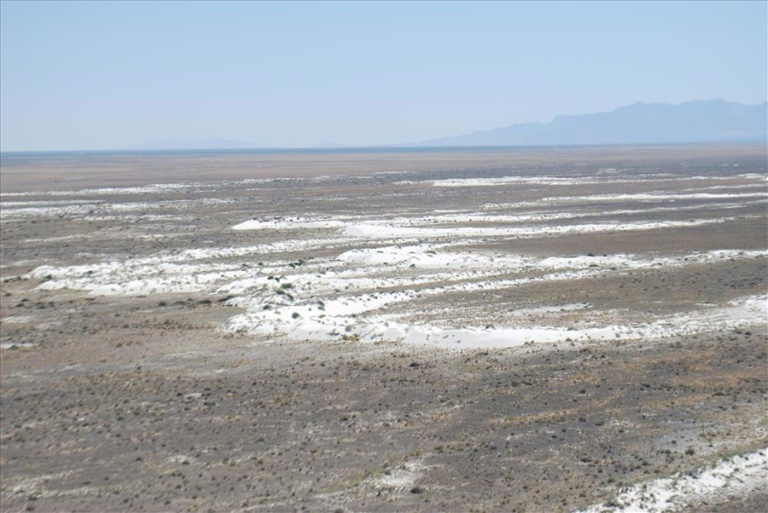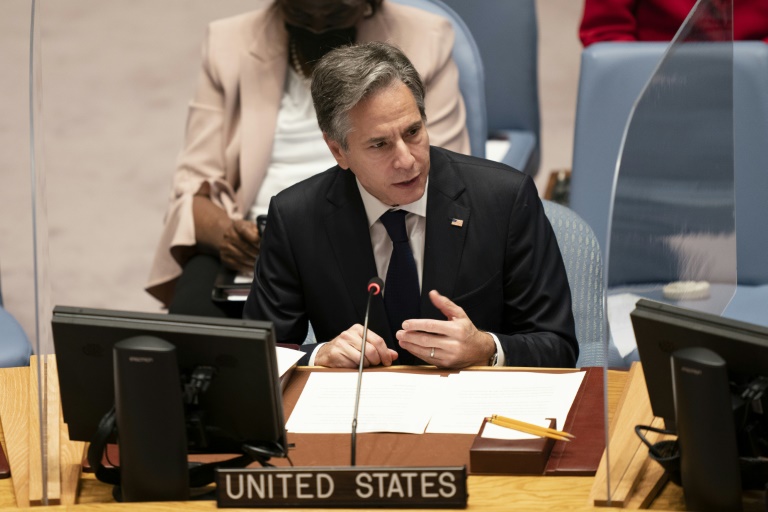Surfing doctor finds simple life-saving shark bite treatment
How do you help someone with their leg bitten off by a shark? Groundbreaking research by an Australian medic-surfer has uncovered a simple way to stop bleeding and save lives.
Find the middle point between the hip and the genitals, make a fist and push as hard as you can.
Shark attacks are rare but on the increase Down Under, due in large part to more people being in the water.
So surfer and Australian National University medical school dean Nicholas Taylor set out to discover how to reduce fatalities in the event of an attack.
Many fatal shark bites occur around the legs, leaving the victim to bleed to death despite making it back to shore.
In a study published by Emergency Medicine Australasia, Taylor found that a simple technique to compress the femoral artery was much more effective in stopping bleeding than traditionally-used tourniquets.
His study showed that by making a fist and pressing down on the artery around 89.7% of blood flow was stopped, versus 43.8% using a surfboard leash as a make-shift tourniquet.
The technique worked equally well with the patient wearing a wetsuit and without.
“I knew from my background in emergency medicine if people have massive bleeding from their leg, you can push very hard on the femoral artery and you can pretty much cut the entire blood flow of the leg that way,” he said in a statement released by the university on Friday.
“It is easy to do and easy to remember — push hard between the hip and the bits and you could save a life.”
Taylor hopes the technique will become widely known among Australia’s roughly half a million surfers, for whom shark encounters are less uncommon.
“I want posters at beaches. I want to get it out in the surf community. I want people to know that if someone gets bitten you can pull out the patient, push as hard as you can in this midpoint spot and it can stop almost all of the blood flow,” he said.











